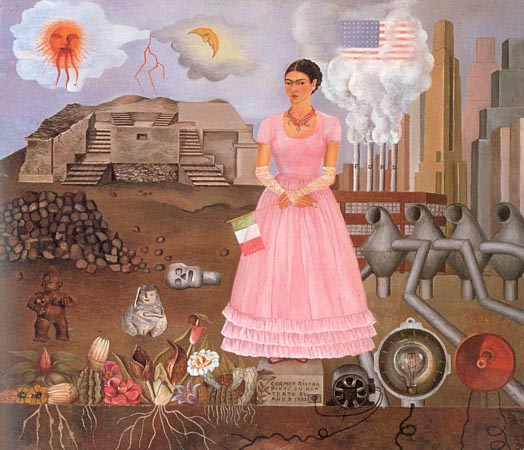
This is was a great last chapter for me to end on with this book and this class in general. It was the first chapter in general that truly connected almost every issue with gender, power, the environment, and American society, and how this complex web of values, standards, ways of living, beliefs, institutions, and notions of gendering and power effect the enviroment on a local level in North America, and a macro-level, internationally. For such a short article, Hynes covers a lot of ground, with evidence of how the “American Dream”, starting with the nuclear family in the 1950s on a material level has made no one person in society (overall) truly any happier. One of the most thought-provoking statements Hynes makes in the article is “Describing the pitfalls of consumerism and the manufacture of discontent that keep middle-class people locked into a work-and-spend cycle, she calls for overcoming consumerism, revaluing leisure, and re-thinking the necessity of full-time jobs”(562). This quote truly spoke to me in that I can connect it to my social location as a full time student, from a working, middle class family. This statement exemplifies much of the core issues when it comes to changing our consumerism addiction in American culture and society in general. How can we support the economy in this time of crisis but also cut back on the massive amount of unnecessary material items to help reduce the average environmental impact footprint? The fact that the middle class is stuck in this consumerism-prism keeps the out reach to those that have little resource needs in impoverished communities a reality. I thought it commendable that Hynes was able to put this in perspective and connect it to how so much of the time the ignorance that surrounds poverty-stricken neighborhoods of color have been so boxed-in in current society and media that it leads to no progression in the movement to overall consume less as a society, and to instead place importance on social interactions and small communities helping each other.
Another statement that spoke to me as reader was “ ‘Twelve-step’ programs to break the consumer habit offer good techniques borrowed from self-fulfillment and self-control support-group settings, but they are no substitute for social responses to persistent poverty, to misogyny that sells women as sex to be consumed, to child labor and sweatshops, to the consumption engine of militarism and military spending that siphons the life force out of societies, and to all oppressions of ‘the other”(564). This quote in itself represented so much of the core issues that society turns a blind-eye to when it comes to the roots problem(s) of how we as a community of earth will be able to protect it and respect it enough so that future generations can still have a place to live. I thought it interesting of Hynes to bring in the factors of selling sex, the consumerism of the woman’s body, and how that gendering of female have contributed to the systems of militarism- contributing meaning creating a hierarchy system in society where masculinity is much more “prided on” then femininity, and the concept of masculinity has contributed to so much of the consumerism culture. Masculinity has for the most part been boxed into the norm of “bigger is better”; “the more the better”, and these mentalities have slowly seeped into the cultural definition of American society as this massive consumer. We even market and advertise to “go green” which in so many cases go against what “going green” truly means, because it is becoming a trendy advertisement, as a mass concept, not as individual decisions to simply consume less and create to building a better society by contributing to smaller communities, and starting at the local level. The way we as a North American culture place value on gender and power, and the systems that has created in society is slowly but surely destroying the earth, and the idea of inner happiness as a culture, I believe, and I truly the new political movement in the US will be able to change that for the generations of tomorrow.
image from: http://risingtide.org.uk/files/rt/Cartoon%20-%20Consumerism%20for%20Beginers.jpg










